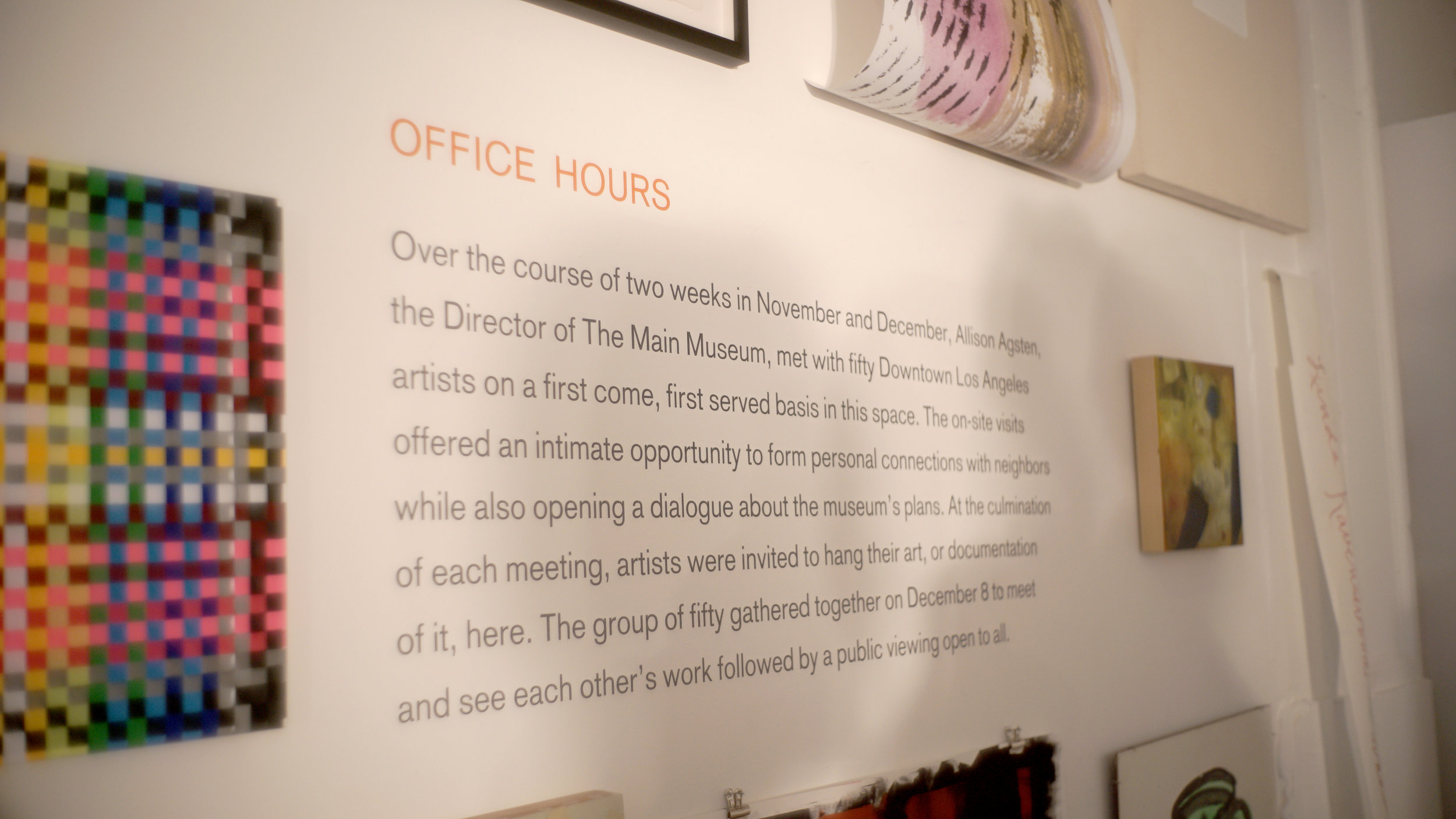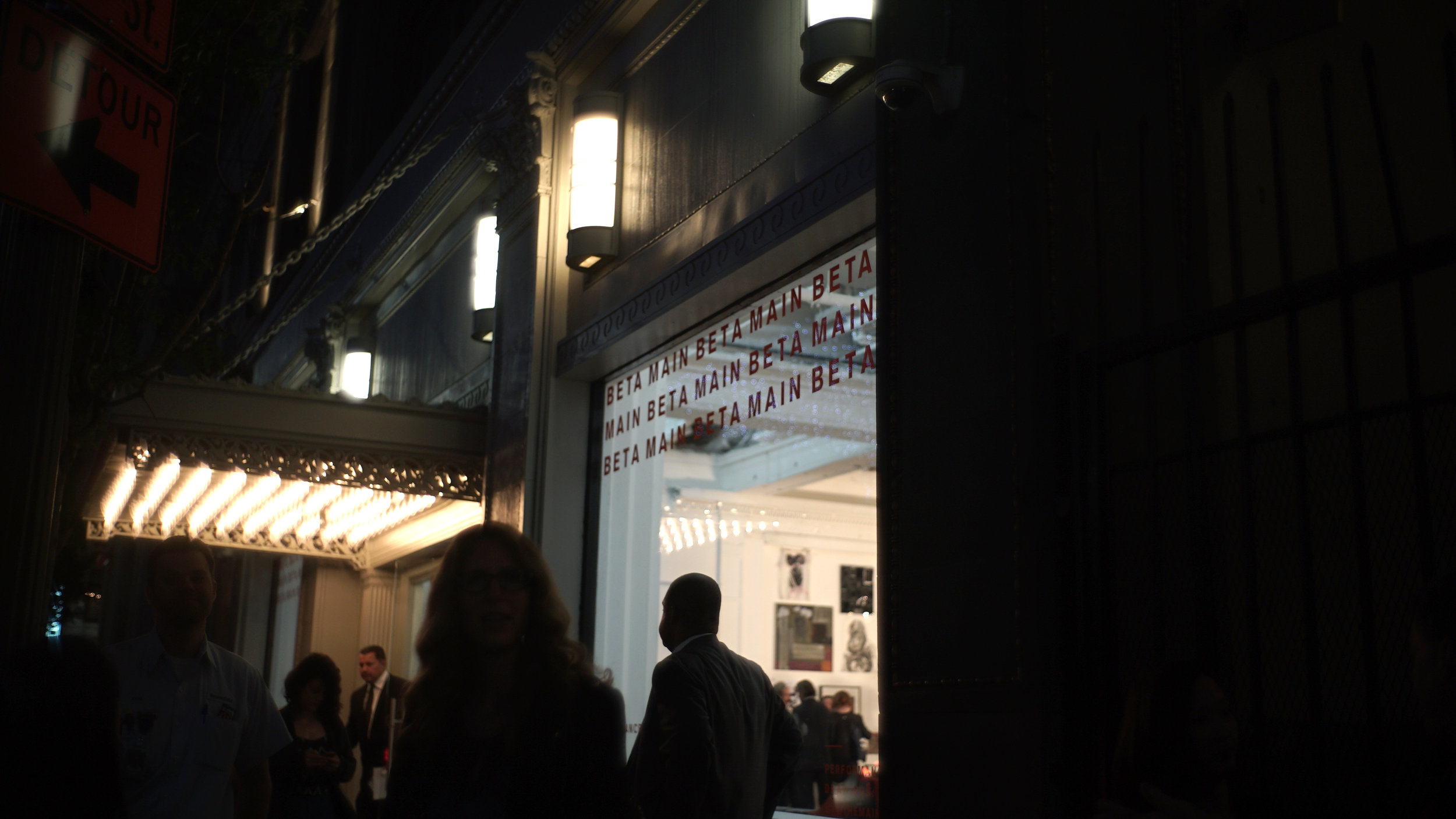Monuments (Removed) is featured in the essay “Appunti di iconoclastia contemporanea: la distruzione delle immagini per la creazione di nuovi immaginari” by Yasmin Riyahi
Here is an English translation of a section:
Monuments (Removed) by Allison Stewart
Once the statues have been torn down or removed, only their empty pedestals remain in the squares. These too, however, have their own potential: they are pedestals dedicated to absence, an open critique of monumentality (Gamboni [1997] 2018, 62-3), a material re-signification of urban space. While the debates on the fate of the removed statues continue (destroy them? Relocate them? Contextualize them? Move them to a museum?), The empty pedestals are already opening up new possibilities for looking at the space left free. We clearly recognize this principle in the series of Monuments (Removed) shots by photographer Allison Stewart [fig. 2]. For over a decade, Stewart has been working on the theme of the construction of the American identity and on the archetype of the hero. Monuments have always been the subject of her interest and in 2014 she started photographing them, precisely because they are able to visually express who is recognized as a hero in our society, and who has the power to establish it. The natural evolution of this documentary project is the series of shots of the empty pedestals that began in 2017, coinciding with the demolition of the statues they housed. The photos frame deserted squares and gardens, in a surreal atmosphere; in the foreground stand the empty pedestals, often wrapped in dark plastic to cover the commemorative plaques. Stewart refers to the immortalized pedestals in two ways: as the ruins of a defeated civilization, but also as an opportunity for communities to discuss and re-imagine public space. On the other hand, this seems to be the real objective of the aggressions: to imagine an alternative landscape, against the hegemonic principles that have so far constituted it.



































